EMD may be the most famous locomotive manufacturer in the history of railroading. Despite that success, there are models in the the EMD history books which arrived to little fanfare and few orders. The following are six notable examples of EMD locomotives that, for one reason or another, no one wanted.
EMD Model 40
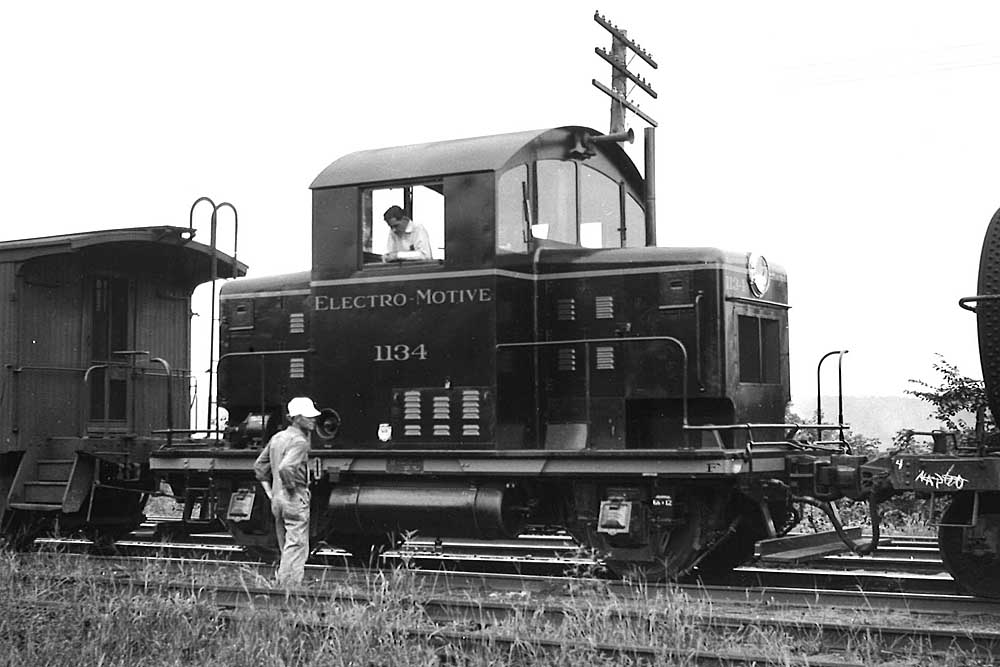
The EMD Model 40 was always an outsider.
For a locomotive that was in EMD’s catalog (and predecessor EMC before that) eight decades ago, the Model 40 still holds up as a curiosity. Made in an era when the builder was primarily producing streamlined FT diesels for Class I railroads, the diminutive two-axle product looks like an engineering afterthought created from a pile of spare parts.
A total of 11 were built between 1940 and 1943, with nine pressed into military service. Two went straight to work in the locomotive builder’s plants.
Read more about the EMD Model 40 here
EMD RS1325
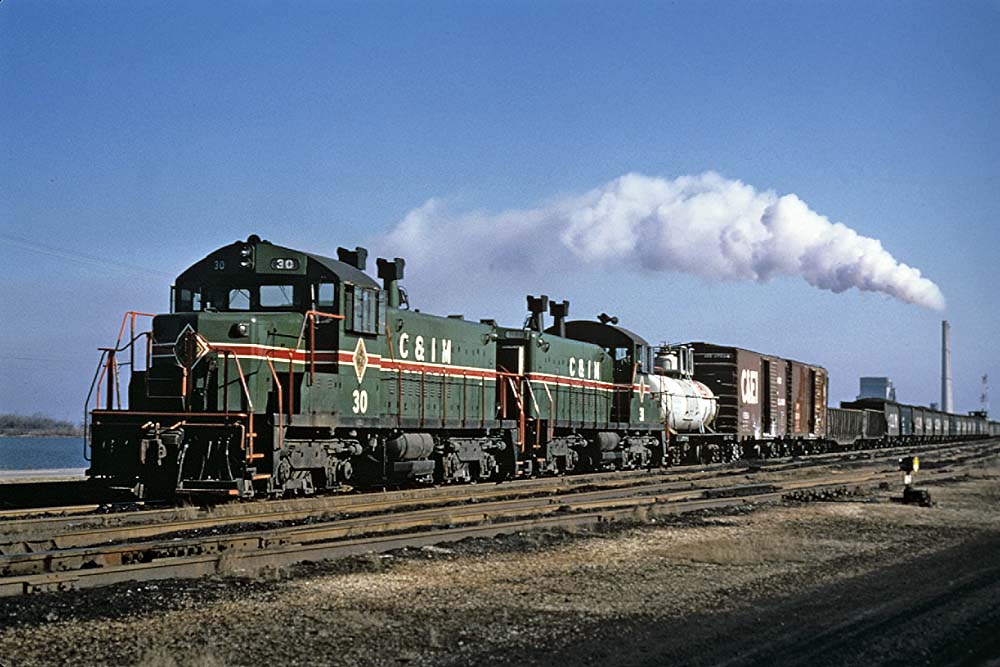
Someone at EMD must have thought, “here’s an idea that can’t miss!”
A modern light road switcher which fit snugly between the weaker standard cab end switchers and the heavier Geep and RS locomotives seemed like a sure bet, but unfortunately, the first order for the RS1325 would also be the last. The demand simply wasn’t there, and railroads just didn’t see the need to fill the gap which seemed so obvious to EMD.
Read more about the EMD RS1325 light road switcher here
EMD NW3
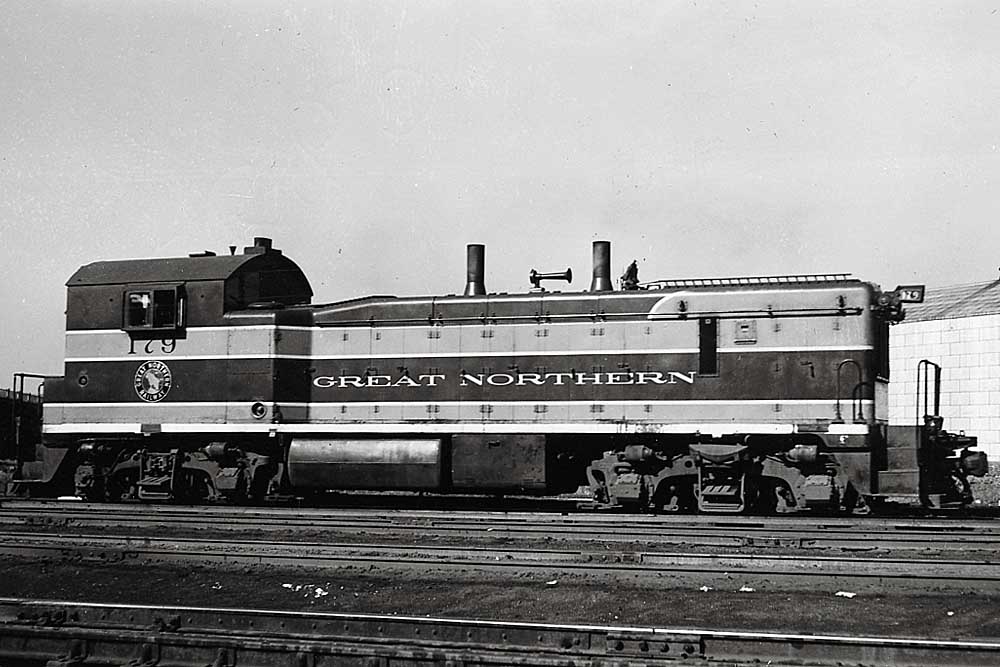
The EMD NW3 locomotive was the builder’s first entry into the eventually lucrative road switcher category, although it was intended as a passenger terminal switcher.
Wanting to compete with Alco’s successful RS1 light road switcher, EMD took its basic end-cab switcher design and stretched it onto a longer frame, gave it Blomberg road trucks – one of the first units to receive the new design — a steam generator, and a 12-567 12-cylinder prime mover to pump out 1,000 hp.
When it came time to sign on the dotted line, though, only Great Northern put pen to paper, ordering seven units in 1939, and the NW3 disappeared from EMD’s catalog.
Read more about the EMD NW3 here
EMD BL20-2
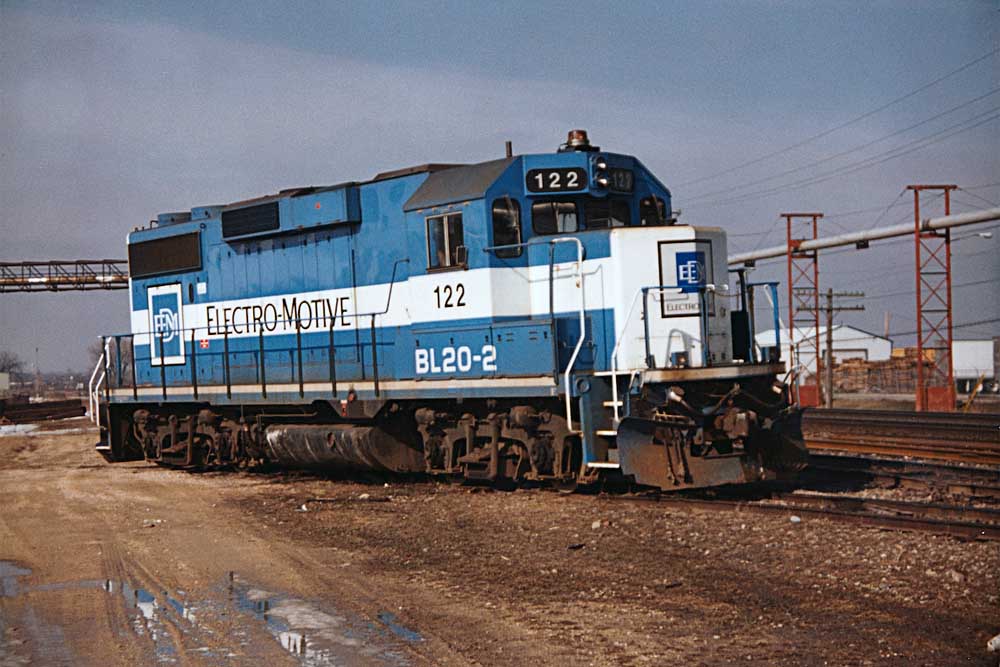
The concept for the BL20-2 seemed like a sure bet. Take an old locomotive, remanufacture its guts, and make it more powerful than it had been. Railroads get an effectively new, more powerful locomotive, at less than the price a new locomotive would typically set them back, and the engineers wouldn’t need to learn a new locomotive. Everyone wins – at least in theory.
In practice, only three demonstrator units of the BL20-2 were ever produced, and they eventually became lease units before landing at Genesee & Wyoming’s San Joaquin Valley Railroad.
Read more about the EMD BL20-2 here
GMDH1 diesel-hydraulic
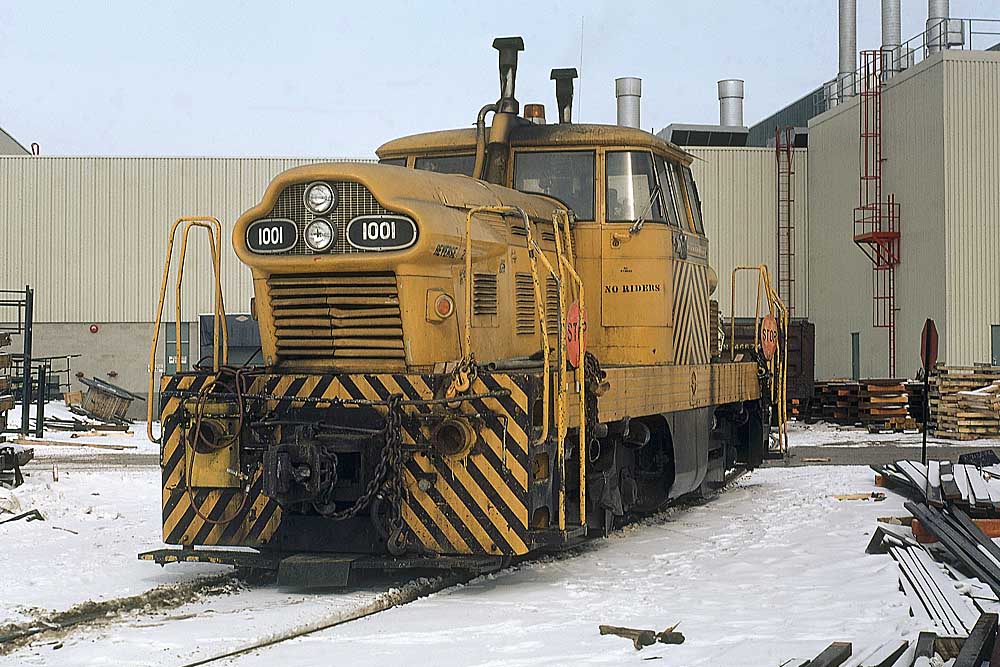
Technically a product of EMD’s Canadian subsidiary, General Motors Diesel, the GMDH1 was an attempt to popularize the diesel-hydraulic locomotive in North America. The striking design of this locomotive made its intentions clear: This was something new, and it had the looks to match.
If its design was meant to popularize the diesel-hydraulic locomotive concept in North America, ultimately, the GMDH1 was a failure. Only four were ever produced, with two staying home in Canada, and one of each of the remaining two landing eventually in Brazil and Pakistan, respectively.
Read more about the GMDH1 diesel-hydraulic here
EMD GP39
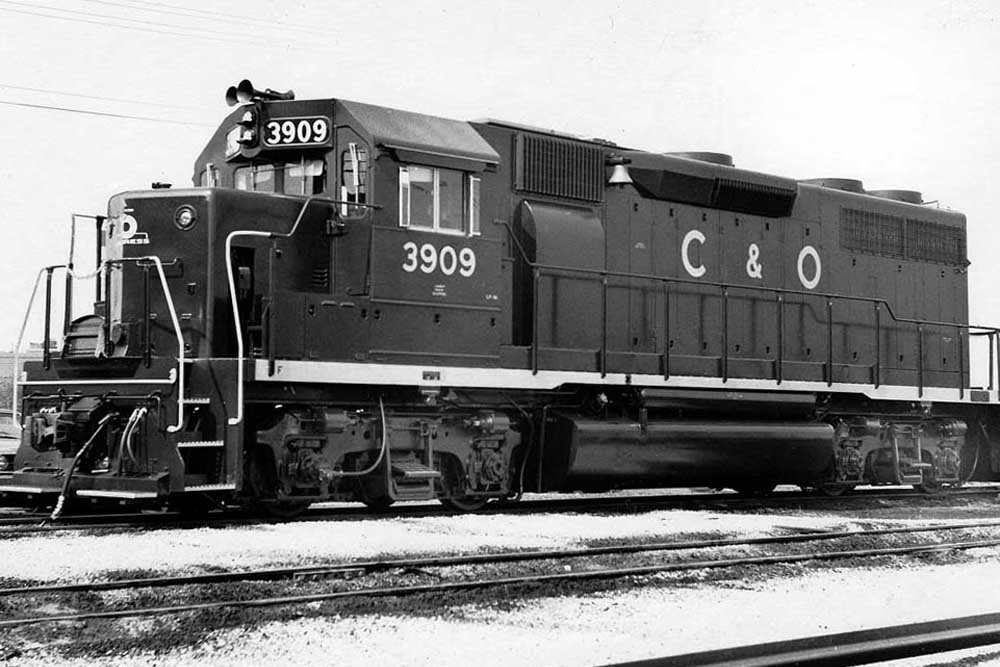
The GP39 featured EMD’s popular 645E3 V12 prime mover producing 2,300 hp. Most buyers found that, with the right assignment, the GP39 was a capable product. But in the late 1960s, the market just wasn’t there.
A silver lining for the GP39: EMD’s engineers kept the flame of the GP39 lit, later creating the nearly visually identical and very popular GP38.
Read more about the EMD GP39 here














And let’s not forget the SD-28. Only 12 were built – 6 for Domestic consumption (2 for the Columbus & Greenville and 4 for Reserve Mining) and 6 to Korean National Railways.
The Korean engines were actually SDP28’s to replace PaSi-5 4-6-2’s on mainline passenger trains. SDP38’s followed with the same duties.
David, since I can’t have ole Southern Railway 4501 running in my back pasture, then maybe EMD model 40 or that GMDH-1 would be fine ….. Good article too!
The RS-1325 was probably the result of the highly successful GMD-1s built in Canada, some of which are still active on short lines and in Cuba. GTW bought the last two domestic RS-1s for passenger terminal switching in Chicago, a plan which ultimately fell through. Had the RS-1325 been an option, it would be a more obvious choice. GTW and other roads purchased SW-1200s with flexicoil trucks and other modifications for branchline service. These purchases are other examples of where the RS-1325 would be an option if available. Simply put, EMD just did not react to the market fast enough.